
The Ultimate Guide to Under Cabinet Outlets: Shopping and Installation Tips
Share
Table of Contents
- Introduction
- Why Install Under Cabinet Outlets?
- Types of Under Cabinet Outlets
- What Are The Best Under Cabinet Outlets Ideas
- Legal and Safety Considerations
- Installation Tips for Under Cabinet Outlets
- Conclusion
Introduction
Under cabinet outlets have become a popular feature in modern kitchen designs, offering both functionality and aesthetics. They provide convenient power access while maintaining a clean and organized countertop. This guide will explore the benefits of under cabinet outlets, the different types available, and provide detailed installation tips. The information is supported by professional theories and data from authoritative sources to help you make an informed decision.
Why Install Under Cabinet Outlets? Pros and Cons
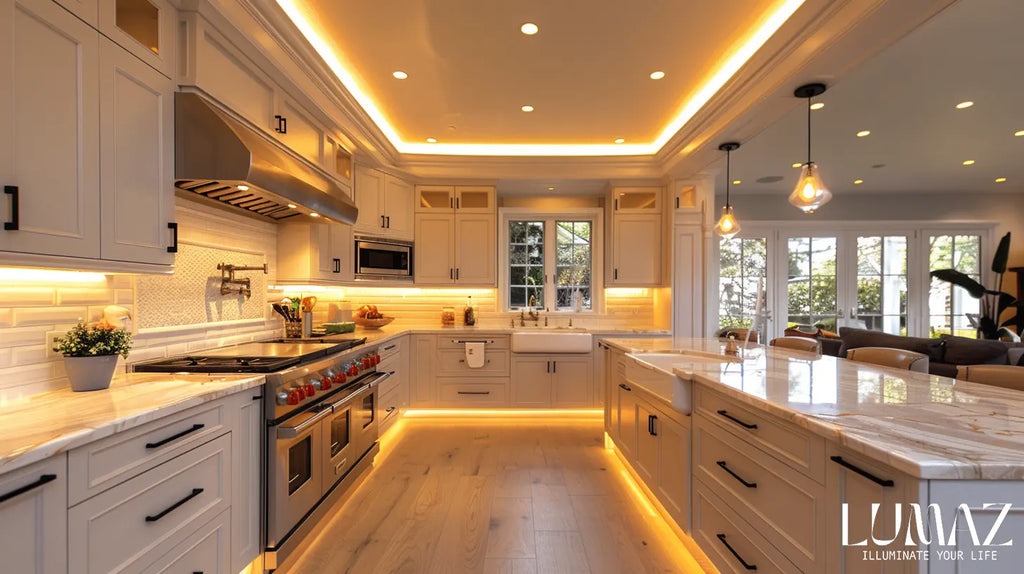
Installing under cabinet outlets in your kitchen has its benefits, but there are also some things to consider before deciding. Let’s break it down:
Pros:
- Better Functionality: Under cabinet outlets make it easy to power appliances like blenders or coffee makers without cluttering your countertops with cords.
- Improved Look: Hidden outlets keep your kitchen looking clean and sleek, with no visible power strips or cables.
- Safety: Placing outlets under cabinets helps reduce tripping hazards from cords across the counter.
- Space-Saving: By using the space under the cabinets, you free up valuable countertop space.
Cons:
- Installation Can Be Tricky: Installing under cabinet outlets is more complicated than regular outlets and often requires a licensed electrician, adding to the cost.
- Limited Placement: You’re limited on where you can place the outlets, which could be inconvenient for certain appliances.
- Higher Cost: Besides installation, custom cabinetry or extra hardware might be needed, making it more expensive than standard outlets.
In short, under cabinet outlets offer better organization, safety, and aesthetics, but they require careful planning and may come with higher costs.
Types of Under Cabinet Outlets
1. Pop-Up Outlets / Pop-Down Outlets
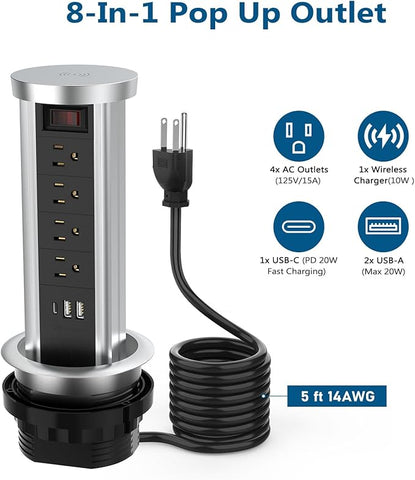
Description: Pop-up outlets are installed in the countertop or under the cabinets and can be concealed when not in use. They pop up when needed and retract back to their hidden position afterward.
Pros:
- Aesthetic appeal when not in use
- Multiple outlets in one unit
Cons:
- More complex installation
- Higher cost compared to traditional outlets
2. Recessed Outlets
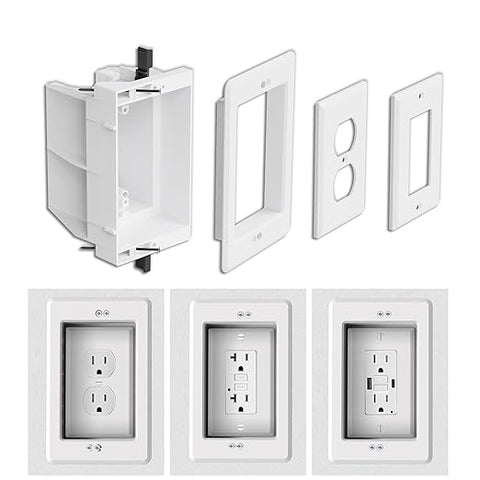
Description: Recessed outlets are mounted within the wall or under the cabinets, with the outlet face sitting flush with the surface.
Pros:
- Sleek and unobtrusive
- Safe and secure installation
Cons:
- Requires professional installation
- Limited placement options
3. Power Strips
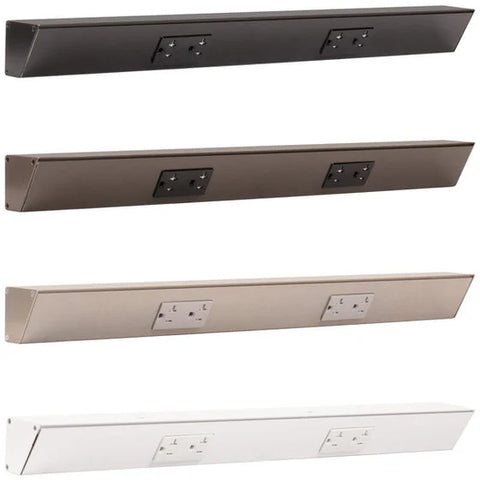
Description: Power strips can be mounted under cabinets, providing multiple outlets in a single strip. They often come with a switch for added convenience.
Pros:
- Easy to install
- Provides multiple outlets
Cons:
- Less visually appealing
- Requires regular inspection for wear and tear
What Are The Best Under Cabinet Outlets Ideas
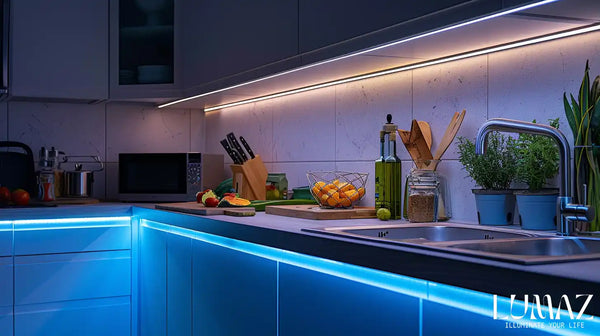
When it comes to under cabinet outlets, functionality and aesthetics go hand in hand. Whether you’re looking for practicality, style, or a bit of both, here are some of the best outlet ideas to consider for your kitchen:
1. Pop-Up Outlets
Pop-up outlets are one of the most innovative and visually appealing solutions for under cabinet outlets. These outlets stay hidden when not in use and pop up at the press of a button. Available in various styles—cylindrical, square, or even outlet strips—pop-up outlets offer a sleek and modern look, perfect for those looking to minimize visible clutter.
2. Outlet Strips
If you use several appliances on your countertops, outlet strips are a great option. Installing a strip along the underside of your cabinets allows you to power multiple devices from one centralized location. This solution is easy to install and perfect for keeping cords organized. For a DIY approach, a heavy-duty surge protector with mounting brackets is both affordable and efficient.
3. Horizontal Outlets
For kitchens without space under the cabinets, consider placing outlets horizontally along the backsplash. This clever placement helps integrate outlets into the design, making them less noticeable. By matching the outlet cover to the backsplash, you can create a seamless look that blends in with the overall decor.
4. Drawer Outlets
Transform a drawer into a dedicated charging station by installing an outlet inside. This is a fantastic way to reduce countertop clutter and keep devices like phones or tablets out of sight while charging. It’s perfect for those who want a tidy and minimalistic kitchen while maintaining easy access to power.
5. Under Kitchen Island Outlets
If your kitchen has an island, adding outlets beneath the countertop overhang is a smart choice. This location keeps outlets out of sight while providing easy access to power for island-based appliances or accessories. It’s a great way to optimize space without compromising aesthetics.
6. Blend with Tiles
For a more discreet look, consider integrating outlets with your kitchen tiles. Tiles are often used in designs that naturally mimic outlet shapes and colors. This can create a more harmonious design, where the outlets almost disappear into the backsplash or countertop surface.
7. Behind a Panel or Pop-Out
For a truly hidden outlet, install a pop-out or pull-out panel that conceals your outlets when not in use. This design is ideal for those who want functionality without visible outlets cluttering up their kitchen. These panels can be placed near corners, under islands, or even in-between cabinets.
8. Inside Cabinets or Drawers
If you have large cabinets or deep drawers, consider placing outlets inside to power appliances like coffee makers or mixers without using countertop space. This is especially useful for creating a clean look while still having convenient access to power for all your kitchen gadgets.
9. Breakfast Nook Outlets
Another creative idea is to add outlets to a breakfast nook or dedicated eating area. This allows you to use the nook for charging devices or powering small appliances like a coffee maker or toaster, all while keeping the power sources discreet and out of sight.
10. Near Windows
For a subtle touch, placing outlets near windows can help disguise them with the natural light filtering through. This works particularly well if your kitchen has large windows or a unique layout that allows outlets to blend into the surroundings without being overly noticeable.
In conclusion, the best under cabinet outlet ideas are those that match your kitchen's needs, style, and space. From pop-up outlets to hidden drawer stations, there are countless ways to integrate power sources into your kitchen in a functional and visually pleasing manner. Choose the one that suits your lifestyle and enhances the overall design of your space.
Legal and Safety Considerations
Understanding and adhering to local electrical codes and safety standards is crucial when installing under cabinet outlets. The National Electrical Code (NEC) provides guidelines on outlet placement, wiring methods, and safety measures. For example, the NEC requires that kitchen outlets be equipped with ground-fault circuit interrupters (GFCIs) to protect against electrical shock.
Key Points:
- GFCI Protection: Ensure all kitchen outlets have GFCI protection.
- Proper Wiring: Follow correct wiring practices to prevent electrical fires and faults.
- Professional Installation: Hire a licensed electrician for complex installations to ensure compliance with all safety regulations.
Installation Tips for Under Cabinet Outlets
1. Plan the Layout
Determine the best locations for your outlets based on your kitchen's layout and your specific needs. Consider where you use appliances the most and place outlets accordingly to ensure easy access.
2. Choose the Right Outlet Type
Select the type of outlet that best suits your needs and aesthetic preferences. Pop-up outlets are great for a sleek look, while power strips offer convenience and flexibility.
3. Ensure Compliance with Electrical Codes
Make sure your installation complies with local electrical codes. This includes using GFCI outlets and following proper wiring practices. Consulting with a licensed electrician can help ensure your installation meets all safety standards.
4. Test the Placement
Before finalizing the installation, test the placement of your outlets to ensure they provide the desired functionality. Make any necessary adjustments to avoid shadows and ensure even lighting.
5. Use Proper Tools and Materials
Use the appropriate tools and materials for the installation. This includes using high-quality wiring, connectors, and mounting hardware to ensure a safe and durable installation.
6. How to Hide Outlets
Hiding outlets can enhance the aesthetics of your kitchen by keeping the countertop clear and uncluttered. Here are some strategies to effectively conceal under cabinet outlets:
- Recessed Outlets: Install outlets that sit flush with the wall or cabinet surface. These outlets can be painted or covered to match the surrounding area, making them less noticeable.
- Pop-Up Outlets: Use pop-up outlets that remain hidden when not in use. These can be installed in countertops or under cabinets and only become visible when needed.
- Outlet Strips: Mount power strips horizontally under the cabinet lip. This positioning keeps them out of direct sight while providing easy access.
- Cabinet Matching Covers: Use outlet covers that match your cabinetry. This approach integrates the outlets into the design, making them blend seamlessly with the kitchen decor.
- Hide in Plain Sight: Position outlets in less conspicuous areas, such as inside cabinets or drawers, where they can be easily accessed but remain hidden from view.
Conclusion
Under cabinet outlets provide a functional and aesthetically pleasing solution for modern kitchens. They enhance the usability of kitchen spaces by providing convenient power sources while maintaining a clean and organized appearance. By understanding the different types of outlets available, adhering to legal and safety considerations, and following proper installation tips, you can ensure a safe and effective setup.
Explore our range of energy-efficient under cabinet lighting solutions at Lumaz to find the perfect fit for your kitchen.
FAQs About Under Cabinet Outlets
Can I put outlets under cabinets?
Yes, you can install outlets under cabinets, but it’s essential to follow local electrical codes. These outlets can be convenient for appliances and devices used on countertops. Ensure that the installation does not violate any clearances or safety standards.
Do under cabinet outlets need to be GFCI?
Yes, under cabinet outlets should be GFCI (Ground Fault Circuit Interrupter) protected if they are installed in areas where water is present, such as kitchens or bathrooms. GFCI outlets help prevent electrical shocks by interrupting the circuit when a ground fault is detected. It's crucial for safety, especially in areas near sinks.
How can I hide my kitchen electrical outlets?
There are several ways to conceal kitchen outlets, including using decorative outlet covers or pop-up outlets that blend with the countertop. You can also install outlets inside cabinets for appliances that don't need to be plugged in frequently. Additionally, consider using cord management systems to keep wires organized and hidden.
How high can outlets be above base cabinets?
Outlets are typically required to be between 15 to 48 inches above the finished floor, depending on their use. For kitchen countertops, outlets should generally be installed no more than 20 inches above the countertop surface. Always check local codes for specific height requirements, as they can vary.
What is the difference between a GFI and a GFCI outlet?
GFI (Ground Fault Interrupter) and GFCI (Ground Fault Circuit Interrupter) are often used interchangeably, but GFCI is the correct term. Both serve the same purpose: to protect against electrical shock by shutting off the circuit if it detects an imbalance between incoming and outgoing current. GFCI is the standardized term used in electrical codes and regulations.
For a wide range of under cabinet lighting options, visit Lumaz and discover the perfect fit for your home. Explore our Under Cabinet Lighting Products here.
Further Reading:
- Lumens to Watts Conversion
- How to Choose the Best Under Cabinet Lighting for Your Kitchen
- Under Cabinet Lighting Buying Guide
- How to Space Under-Cabinet Lighting
- Puck Lights vs Other Lighting: Full Comparison
- Top 5 Energy-Efficient Under-Cabinet Lights
- Under-Cabinet Lights with Motion Sensors: Benefits & Install
- Average Price of Under-Cabinet Lighting
- Battery-Operated Under-Cabinet Lights: Pros & Cons
- Best Places to Install Puck Lights


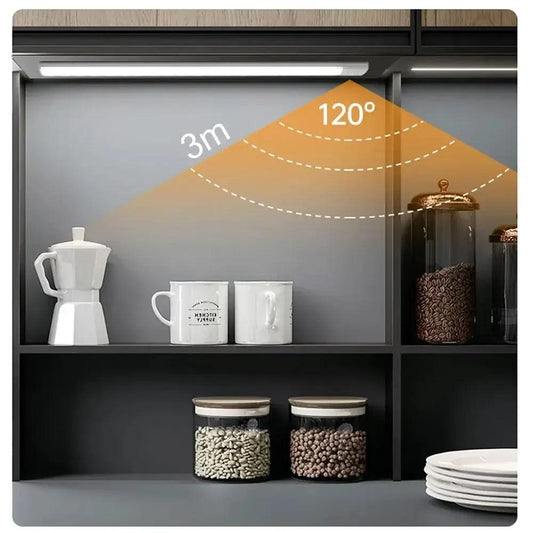



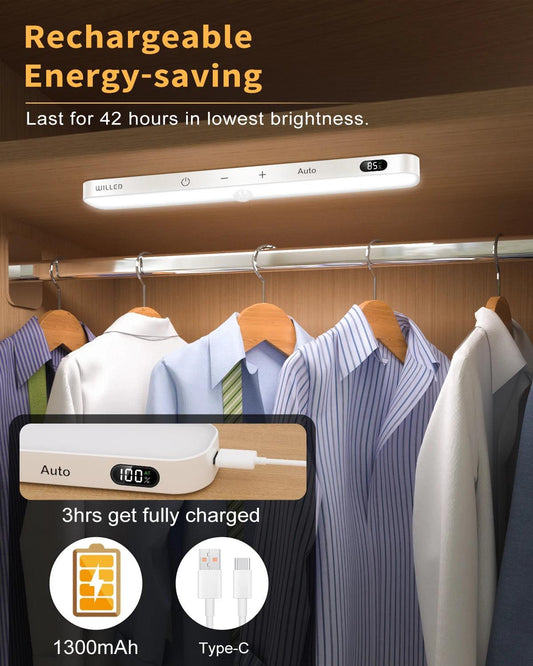

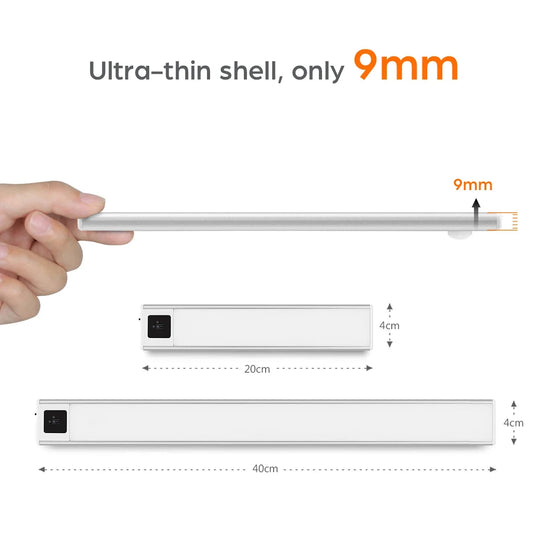

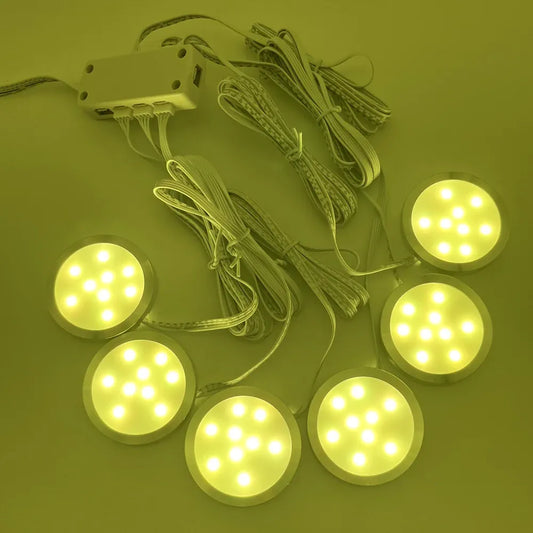



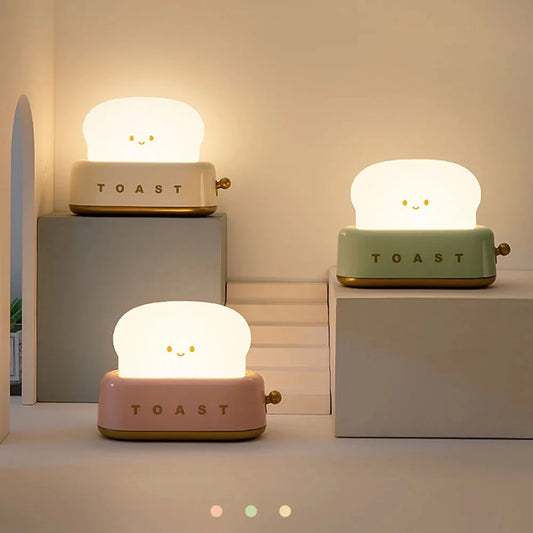

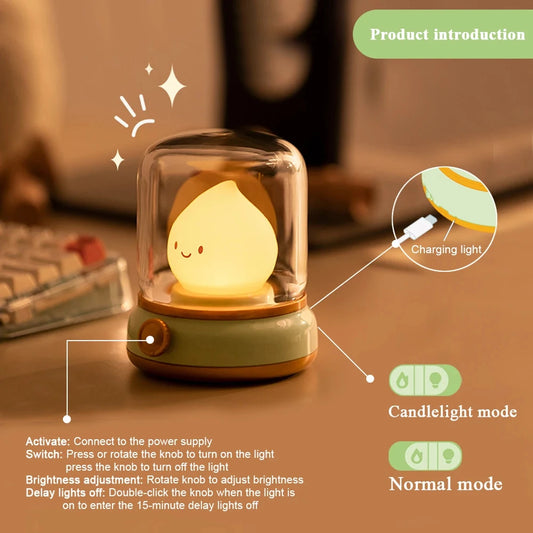

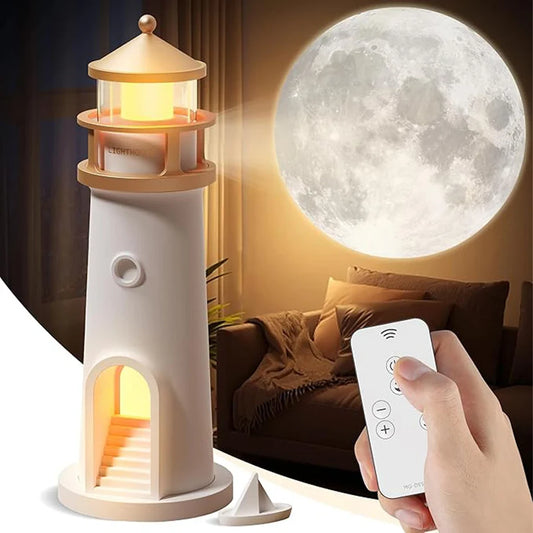

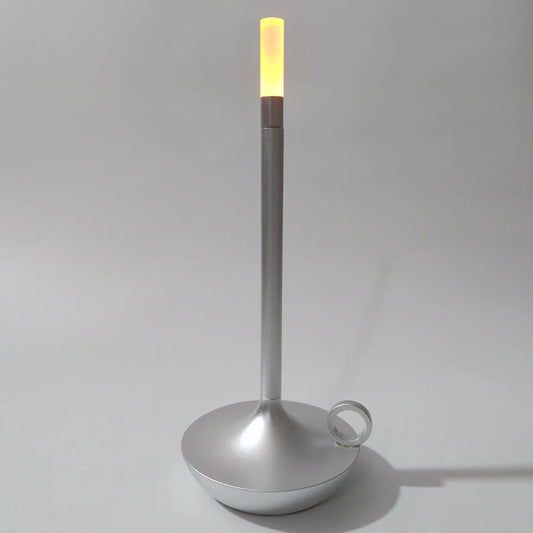

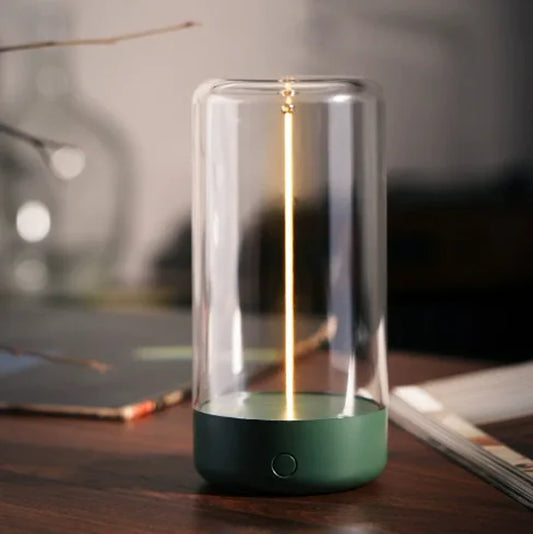

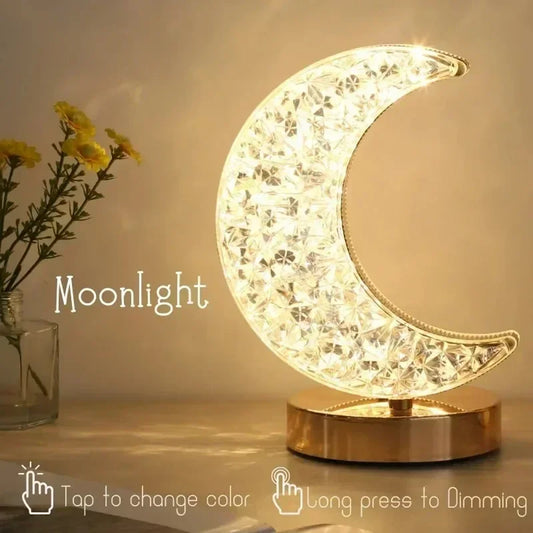



 />
/>
 />
/>
 />
/>
 />
/>
 />
/>